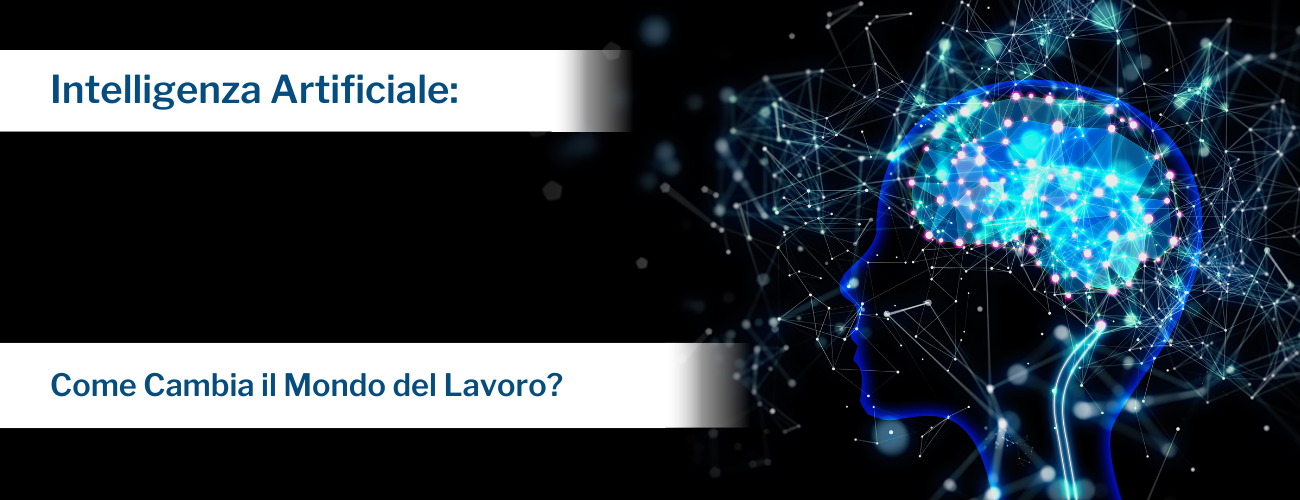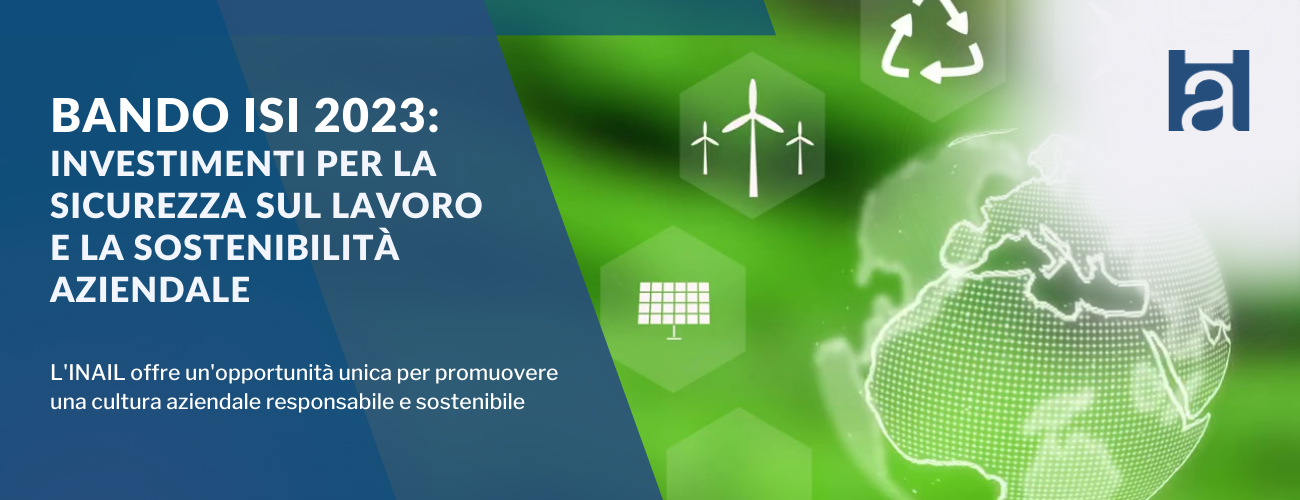On June 23rd, during the 3rd National Meeting of Harpalisin Bologna, we had the pleasure of hosting an interesting debate on Artificial Intelligence (AI),with the contribution of Professor Alessandro Lenci, an expert in Computational Linguistics at the University of Pisa,and Dr. Laura Li Puma,head of theArtificial Intelligence Lab at theIntesa Sanpaolo Innovation Center.
With moderation by Harpalis partner, Professor Nicola Lattanzi, Professor Lenci, and Dr. Li Puma helped us better understand – also through concrete examples – how AI works, how it manages and uses data, and what challenges we must face to use this technology in an ethical and responsible manner.
Watch the video of our meeting on Artificial Intelligence
Here is a summary of the key topics discussed during the meeting.
- AI is not just ChatGPT: A World of Possibilities
During his speech, Professor Lenci specifically delved into the potential of AI in the workplace, focusing on the ChatGPT technology and its practical applications.
Despite the great success and interest garnered by ChatGPT, there are many other AI tools, some specific to the legal or economic sector, that can provide valuable professional support in daily work. The key to fully harnessing these technologies is to understand how they work, how they are developed, and how to utilize them effectively.
- How ChatGPT Works and How It Learns
In the case of ChatGPT, the functioning of this AI is based on a neural network called “Transformer.” This network consists of 175 billion numerical weights organized into 96 layers, which represent the information available to ChatGPT.
At the knowledge level, ChatGPT is based on an enormous amount of textual data, comparable to the size of Wikipedia multiplied by thirty. From this data, ChatGPT generates responses and textual interactions. It’s essential to remember that ChatGPT does not have access to the internet or external databases: everything it “knows” has been input during its training phase.
- How to Interact with ChatGPT: Security, Language, and the Future
Professor Lenci emphasized the importance of formulating specific and detailed questions (known as “prompts”) to ChatGPT to obtain more accurate responses. The art of Prompt Engineering is becoming a fundamental practice for effectively interacting with AI.
However, there is a confidentiality aspect that requires attention, especially in the professional world: all the information entered into ChatGPT becomes public and is transmitted to the servers of OpenAI (the company that developed ChatGPT).
ChatGPT is a model originally designed for English, but it has also shown competence in the Italian language, albeit at a lower level. Nonostante ciò, è in grado di generare testi legali utili e corretti, sebbene sia sempre necessario un controllo delle informazioni fornite.
In the final questions asked by our partners, Professor Lenci addressed some of the limitations of ChatGPT, such as the absence of connections to the internet or external computational tools. However, he emphasized that these limitations could potentially be resolved in the future through further developments and integrations.
- The Role of Artificial Intelligence in Business Innovation
Dr. Laura Li Puma delved into the application of Artificial Intelligence in the business context. One of the primary goals of using AI is to support daily activities, such as text processing and data analysis. For example, AI can help identify specific legal references in legal texts or detect anomalies in financial transactions.
Moreover, AI can provide valuable support in managing business risk. By analyzing data, it is possible to identify patterns and trends that can help prevent fraud and make more informed decisions. Tuttavia, Li Puma ha sottolineato l’importanza di un utilizzo responsabile dell’IA, rispettando le normative vigenti e garantendo la privacy dei dati.
- Collaboration and Data Sharing to Fight Financial Crime
Intesa Sanpaolo has launched the Anti-Financial Crime Digital Hub initiative, a consortium company to fight financial crime through Artificial Intelligence. This platform allows the exchange of information and data between participants, facilitating the identification of suspicious transactions and helping to ensure the integrity of the economic system.
Using AI to fight financial crime requires close collaboration between various institutions and compliance with current regulations. The goal is to create a shared network of information and expertise to prevent and combat illegal activities in the financial sector.



